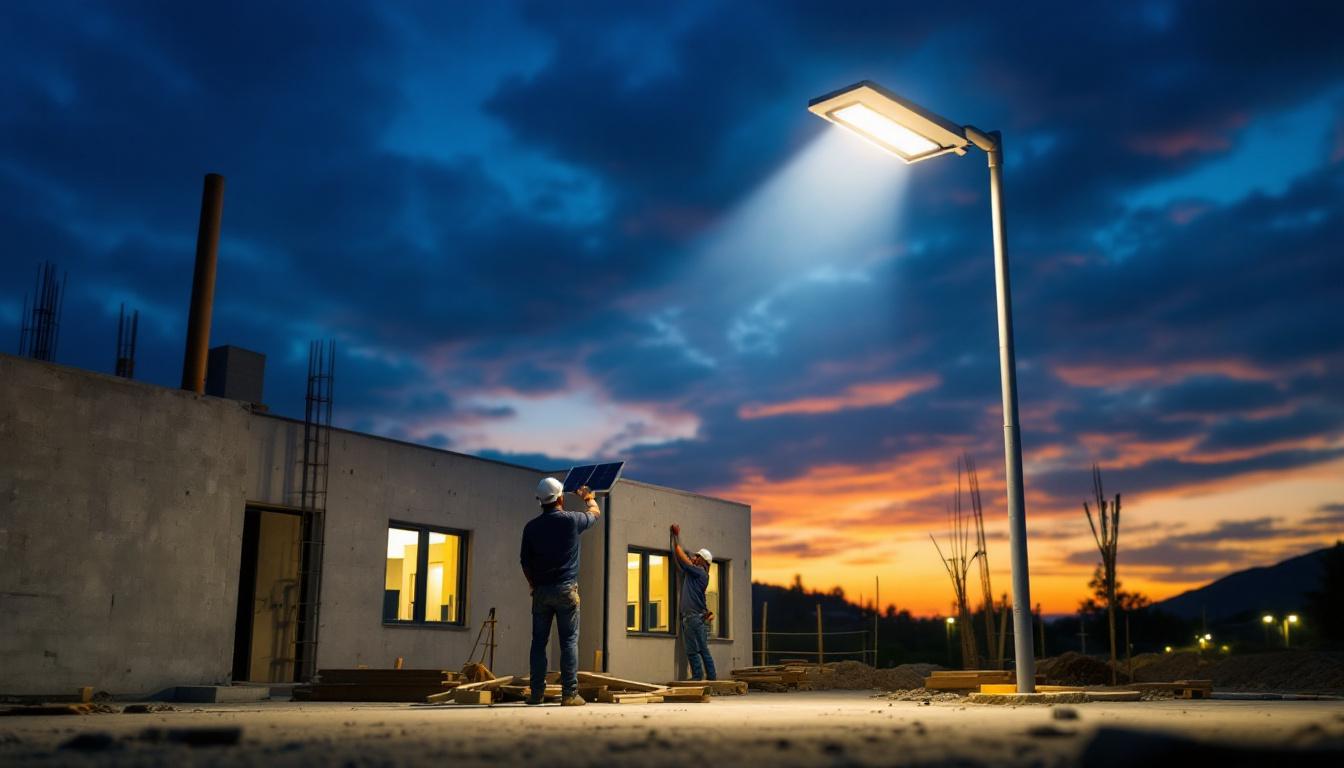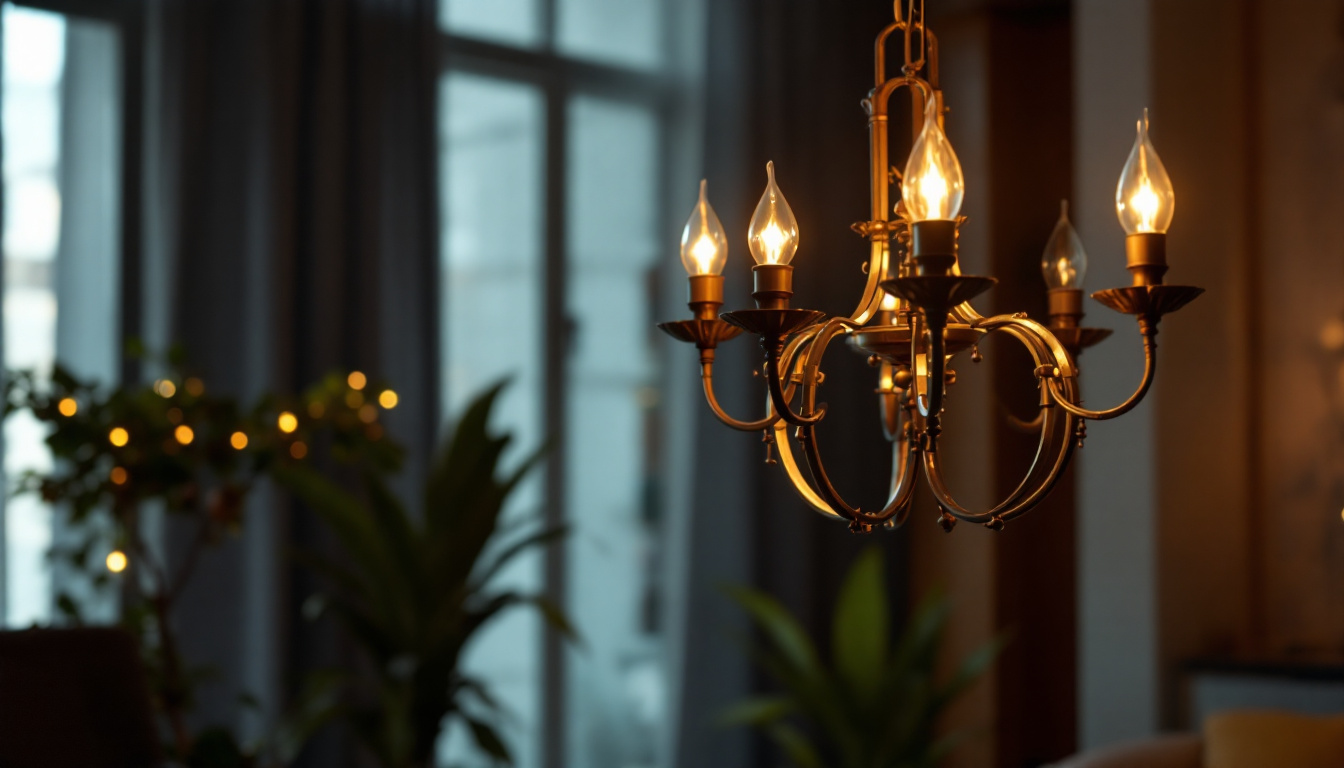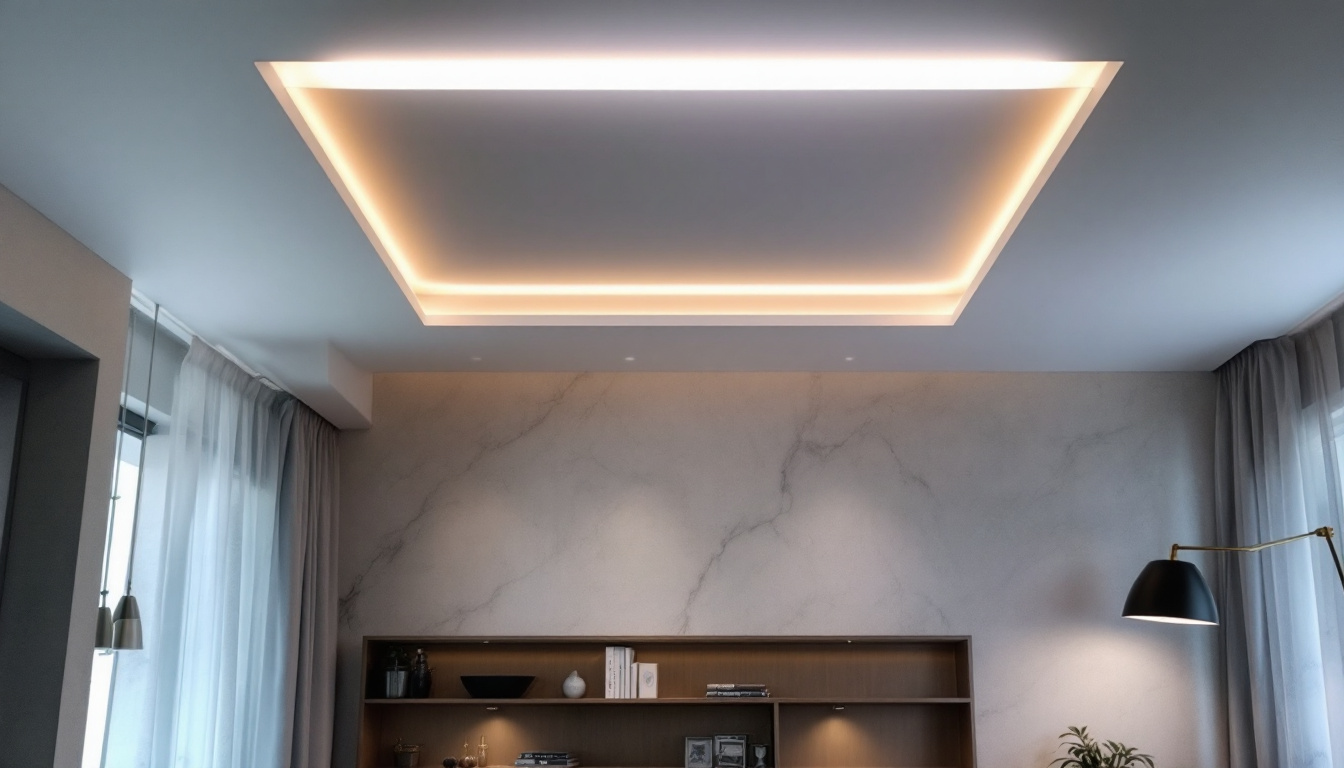
Lighting contractors are constantly on the lookout for innovative solutions that enhance their offerings while catering to the growing demand for energy-efficient systems. One such solution that has gained significant traction in recent years is the solar-powered LED floodlight. These lights not only provide effective illumination but also align with sustainability goals, making them an attractive option for contractors and clients alike. This article delves into proven methods for integrating solar-powered LED floodlights into your projects, ensuring you stay ahead in the competitive lighting market.
Solar-powered LED floodlights are designed to harness solar energy, converting it into electricity to power the LED lights. This technology offers numerous advantages, including reduced energy costs, minimal maintenance, and a lower environmental impact. For lighting contractors, understanding the intricacies of these systems is crucial for successful implementation. The growing demand for sustainable energy solutions has made solar-powered lighting an attractive option for both residential and commercial applications, paving the way for innovative designs and enhanced functionality.
At the core of solar-powered LED floodlights are several key components: solar panels, batteries, LED fixtures, and control systems. The solar panels capture sunlight and convert it into electrical energy, which is stored in batteries for use during the night or cloudy days. The LED fixtures provide bright illumination while consuming significantly less energy compared to traditional lighting options. Control systems, often equipped with sensors, can optimize performance by adjusting brightness based on ambient light levels. In addition to these primary components, many modern solar floodlights also incorporate features such as motion sensors and remote controls, allowing users to customize their lighting experience further and enhance security measures in outdoor spaces.
One of the most significant advantages of solar-powered LED floodlights is their ability to reduce electricity costs. By relying on solar energy, contractors can offer clients a sustainable lighting solution that minimizes ongoing expenses. Additionally, these lights are often easier to install than traditional wired systems, as they do not require extensive electrical infrastructure. This simplicity can lead to reduced labor costs and faster project completion times. Furthermore, solar-powered LED floodlights are typically designed to withstand harsh weather conditions, making them a durable choice for outdoor environments. Their long lifespan and low energy consumption not only contribute to cost savings but also align with growing environmental consciousness among consumers, making them an ideal choice for eco-friendly projects. As technology continues to advance, the efficiency of solar panels and LED fixtures is expected to improve, further enhancing the appeal of these innovative lighting solutions.
Proper installation is critical to maximizing the performance and longevity of solar-powered LED floodlights. Lighting contractors need to adhere to best practices to ensure that these systems function effectively and meet client expectations.
Before installation, a thorough site assessment is essential. Contractors should evaluate factors such as sunlight exposure, potential obstructions, and the specific lighting needs of the area. Understanding these elements will help in selecting the appropriate wattage and number of floodlights required. Additionally, planning the layout will ensure optimal placement for maximum illumination and energy efficiency. It is also beneficial to consult with clients about their specific lighting goals, whether they seek enhanced security, aesthetic appeal, or both. This dialogue can inform decisions on the brightness levels and color temperatures that will best suit the environment.
The positioning of solar panels is crucial for maximizing energy capture. Ideally, panels should be installed in areas that receive direct sunlight for the majority of the day, free from shade caused by trees, buildings, or other structures. Contractors should also consider the angle of the panels, as tilting them towards the sun can enhance their efficiency. Regular maintenance, such as cleaning the panels, will further ensure they operate at peak performance. Moreover, it is important to take into account seasonal changes in sunlight exposure; adjusting the angle of the panels seasonally can lead to improved energy generation throughout the year. Additionally, using high-quality mounting hardware will secure the panels against wind and other weather conditions, ensuring their longevity and reliability.
With a myriad of solar-powered LED floodlights available in the market, selecting the right products can be daunting. However, understanding the key specifications and features can simplify this process for lighting contractors.
When choosing floodlights, wattage is a significant factor that influences brightness. Higher wattage typically results in brighter lights, but it is essential to balance this with the specific needs of the project. Contractors should consider the intended use of the floodlights, whether for security, landscaping, or general illumination, to determine the appropriate wattage. Additionally, understanding lumens—the measurement of brightness—can help in selecting lights that provide the desired illumination levels. For instance, a floodlight intended for security purposes may require a higher lumen output to effectively deter intruders, while lights used for garden aesthetics may benefit from softer, more ambient lighting.
The battery is a critical component of solar-powered LED floodlights, as it stores energy for use when sunlight is unavailable. Contractors should pay attention to battery capacity, which is typically measured in amp-hours (Ah). A higher capacity allows for longer operation times, especially during cloudy days or at night. Furthermore, the type of battery used can impact performance and lifespan; lithium-ion batteries, for instance, tend to offer better efficiency and longevity compared to lead-acid batteries. Additionally, it’s worth noting that some advanced models come equipped with smart technology that optimizes battery usage based on environmental conditions, ensuring that the lights operate efficiently and last longer.
Another crucial aspect to consider is the efficiency of the solar panels integrated into the floodlights. Solar panel efficiency is typically measured by the amount of sunlight converted into usable electricity. Higher efficiency panels can generate more power in less time, which is particularly beneficial in areas with limited sunlight. Contractors should look for floodlights with monocrystalline solar panels, as they generally provide better performance compared to polycrystalline panels. Furthermore, the angle and placement of the solar panels can significantly affect their ability to capture sunlight, making it essential to choose models with adjustable mounts for optimal positioning.
Given that floodlights are often installed outdoors, durability and weather resistance are paramount. Contractors should look for products that are rated for various weather conditions, including rain, snow, and extreme temperatures. An IP rating (Ingress Protection) can indicate how well a fixture can withstand dust and moisture; for example, an IP65 rating means the light is dust-tight and protected against water jets. Additionally, materials such as aluminum or high-grade plastic can enhance the longevity of the floodlights, ensuring they remain functional and aesthetically pleasing over time, even in harsh environments.
While solar-powered LED floodlights are generally low-maintenance, regular upkeep is essential to ensure optimal performance and longevity. Lighting contractors should educate their clients about the necessary maintenance practices to keep the systems running smoothly.
Over time, dust, dirt, and debris can accumulate on solar panels, obstructing sunlight and reducing energy efficiency. Contractors should recommend regular cleaning of the panels to maintain their performance. This can typically be done with a soft cloth and mild soap, ensuring that no abrasive materials are used that could scratch the surface.
Monitoring the condition of the batteries is also crucial for ensuring uninterrupted operation. Contractors should advise clients to check for signs of wear or damage and replace batteries as needed. Additionally, educating clients about the expected lifespan of the batteries can help them plan for future replacements.
While solar-powered LED floodlights offer numerous advantages, they are not without challenges. Understanding these potential issues can help lighting contractors provide better solutions to their clients.
One of the main challenges with solar-powered systems is their dependence on weather conditions. Extended periods of cloudy or rainy weather can limit the amount of solar energy captured, potentially affecting performance. To mitigate this, contractors can recommend systems with larger battery capacities or hybrid solutions that integrate traditional power sources as a backup.
The initial investment for solar-powered LED floodlights may be higher compared to conventional lighting systems. However, contractors can emphasize the long-term savings on electricity bills and maintenance costs to justify the upfront expense. Providing clients with a clear return on investment (ROI) analysis can help alleviate concerns about the initial costs.
Real-world examples can provide valuable insights into the successful implementation of solar-powered LED floodlights. Highlighting case studies can inspire confidence in potential clients and demonstrate the effectiveness of these systems.
In commercial settings, solar-powered LED floodlights have been successfully deployed in parking lots, outdoor event spaces, and security applications. For instance, a retail center installed solar floodlights in their parking lot, significantly reducing their energy costs while enhancing safety and visibility for customers. The project not only improved the shopping experience but also showcased the center’s commitment to sustainability.
Residential applications have also seen positive results from solar-powered LED floodlights. Homeowners have utilized these systems for landscaping, pathway lighting, and security. A notable example involved a homeowner who installed solar floodlights around their property, providing enhanced security while reducing their carbon footprint. The project received positive feedback from neighbors, further promoting the benefits of solar lighting in the community.
The solar lighting industry is continually evolving, with advancements in technology and design paving the way for more efficient and aesthetically pleasing products. Staying informed about these trends can help lighting contractors remain competitive and meet client demands.
Smart technology is becoming increasingly prevalent in solar-powered lighting systems. Features such as motion sensors, remote control, and smart scheduling are enhancing the functionality of solar floodlights. Contractors should consider incorporating these technologies into their offerings to provide clients with customizable and energy-efficient solutions.
As solar lighting technology advances, manufacturers are focusing on design and aesthetics. Modern solar-powered LED floodlights are available in various styles, allowing contractors to offer solutions that complement the architectural features of a property. This trend towards more visually appealing designs can help attract clients who prioritize aesthetics alongside functionality.
Solar-powered LED floodlights present an excellent opportunity for lighting contractors to enhance their service offerings while meeting the growing demand for sustainable solutions. By understanding the technology, adhering to best practices in installation, and staying informed about industry trends, contractors can successfully integrate these systems into their projects. As the market continues to evolve, embracing solar-powered lighting will not only benefit contractors but also contribute to a more sustainable future.
Ready to elevate your lighting projects with the efficiency and sustainability of solar-powered LED floodlights? At LumenWholesale, we provide lighting contractors with the highest quality, spec-grade lighting products at unbeatable wholesale prices. Our selection is designed to meet the most rigorous industry standards, ensuring you deliver reliable and high-performance lighting solutions. Say goodbye to inflated markups and hello to hassle-free bulk buying with free shipping. Don’t compromise on quality or value—choose LumenWholesale for the perfect blend of affordability and convenience. Start transforming your lighting projects today by visiting Wholesale Lighting at the Best Value.

Discover how front door lights with sensors can revolutionize your lighting installation projects.

Discover how contemporary light switches are revolutionizing the lighting industry and becoming a crucial factor in securing more contracts.

Discover the essentials of chandeliers in just five minutes with this quick guide tailored for lighting contractors.

Discover the latest trends in ceiling recessed lighting that every lighting contractor should be aware of.